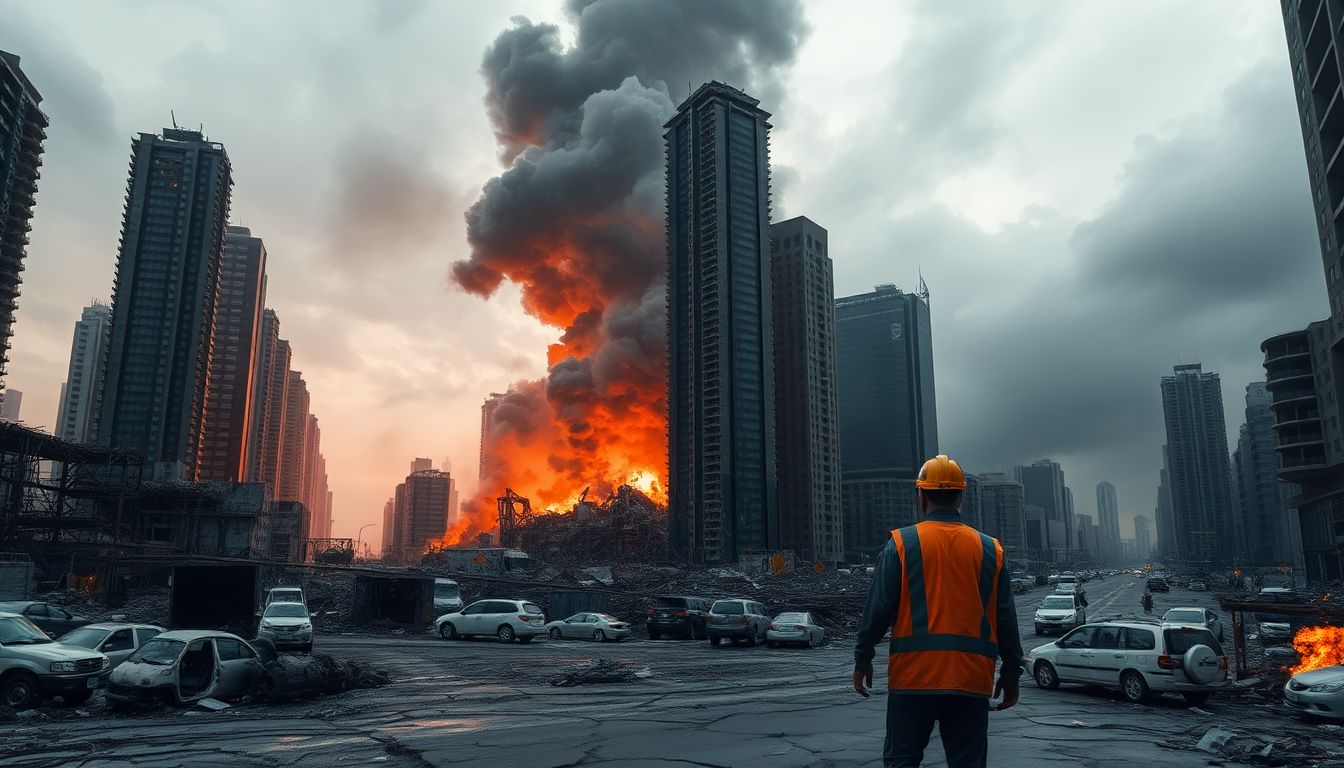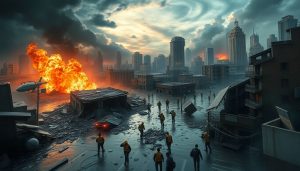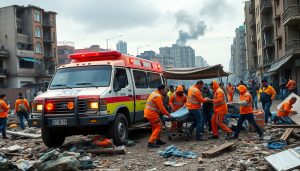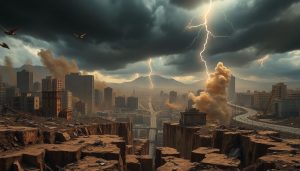Introduction
Every year, hundreds of man-made accidents cause havoc and mourning all over the world. Take for example the Chernobyl nuclear disaster of 1986 that released unsafe radiation into the environment and the BP oil spill of 2010 that tarnished coastal waters and harmed marine life. These disasters highlight how human actions and poor technologies can create huge problems. As the world becomes more advanced, the risks increase. It is more important than ever to understand what causes such disasters, their effects, and how to prevent them.
What Are Man-Made Disasters? Definition and Overview
Man-made disasters are malicious events born out of human activities. They differ from natural disasters such as hurricanes or earthquakes because they result from human decisions or errors. These disasters involve accidents, negligence, or deliberate actions that cause injury, damage, or chaos.
Types of Man-Made Disasters
- Industrial accidents: chemical leaks, nuclear plant meltdowns, factory explosions
- Environmental pollution: oil spills, air and water pollution, waste dumping
- Technology-related failures: cyber terrorism, infrastructure system failures
- Warfare and terrorism: bombings, biological attacks, sabotage
Causes and Contributing Factors
Human Error and Negligence
Many disasters are caused by operational errors or carelessness. For example, the Deepwater Horizon oil spill occurred due to mishandling of drilling equipment. Such incidents often happen when safety procedures are ignored.
Absence of Regulation and Oversight
Insufficient laws or weak enforcement can lead to dangerous conditions. A major example is the toxic gas release in Bhopal, India, which was worsened by poor safety measures.
Economic and Political Motivations
Pursuit of profit often leads to safety being neglected. Cutting corners on equipment and procedures can result in disaster. Political conflicts can also increase risks, especially in war zones.
Technological and Infrastructure Failure
Aging or poorly maintained infrastructure can collapse during critical times. For instance, the Fukushima disaster was partly due to outdated systems that failed during an earthquake and tsunami.
Effects of Anthropogenic Disasters
Human Health and Public Health Effects
Disasters often result in injuries and deaths, as well as long-term health issues like cancer or respiratory diseases. The Chernobyl disaster caused widespread radiation exposure leading to severe health consequences.
Destruction of the Environment
Ecosystems suffer immensely. Water sources are polluted, habitats are lost, and agriculture is impacted. The Exxon Valdez oil spill devastated marine life and coastal areas.
Economic and Social Impacts
Disasters cost billions in cleanup and recovery. People may lose homes and jobs, and whole communities can be displaced. It can take years for economies to rebuild.
Transnational and Extended Effects
Some disasters, like radiation leaks or oil spills, spread across borders, polluting other countries and causing long-term contamination.
Preventive and Mitigation Strategies
Policymaking and Regulatory Frameworks
Effective regulations are key to prevention. International treaties like the Basel Convention help manage hazardous waste and enforce safety standards.
Technological Innovations
Innovations improve safety. Monitoring systems and automation can detect and prevent disasters. AI tools can help predict and reduce risks.
Awareness and Education of the Public
Educating the public reduces risk. Awareness campaigns and ethical standards encourage responsible behavior and preparedness.
Disaster Preparedness and Response Planning
Being prepared saves lives. Drills, warnings, and emergency plans help communities respond quickly and minimize damage.
The Role of International Cooperation
Sharing knowledge, technology, and resources strengthens global safety. Collaboration is especially important for cross-border issues like pollution and nuclear threats.
Conclusion
Man-made disasters can be reduced through strong regulations, smart technology, and public awareness. Individuals, businesses, and governments must prioritize safety and sustainability. By learning from the past and committing to improvement, we can build a safer, healthier future for all.




